Table of Contents
- Introduction to Pickling Definition
- Top 5 Spice Storage Tips for Pickling
- Pickling Essentials: Tools and Ingredients
- How to Pickle: Step-by-Step Guide
- Common Mistakes in Pickling (And How to Avoid Them)
- FAQ: Your Pickling Questions Answered
- Buying Guide: Essential Pickling Tools
- Conclusion: Master Pickling and Spice Storage
What is Pickling? A Clear Definition
Pickling is a food preservation method that involves soaking food in an acidic solution, typically vinegar-based brine, to extend shelf life and add tangy flavor. According to the USDA Food Safety and Inspection Service, this process lowers the pH of food, preventing bacterial growth and spoilage while enhancing taste. This guide explains the pickling definition in detail, along with essential spice storage techniques to maintain freshness and flavor for your culinary creations.
Historical Evolution of Pickling Methods: The technique has evolved through distinct technological phases. Archaeological evidence confirms Mesopotamian cucumber preservation in acidic solutions as early as 2400 BC (Food Timeline, 2023). Roman naturalist Pliny the Elder documented medicinal pickled vegetables in the 1st century AD, while the 17th century saw vinegar-based methods flourish with expanded global trade routes. USDA established standardized commercial guidelines in 1903, and modern refrigerator pickling now represents 68% of home preservation practices according to National Center for Home Food Preservation surveys (2023).
Top 5 Spice Storage Tips for Pickling
Proper spice storage is critical for pickling success. Here are five science-backed tips:
- Keep it dark and cool: Store spices in opaque, airtight containers away from light and heat to preserve volatile oils. USDA recommends temperatures below 70°F (21°C) for optimal freshness. Note: In high-humidity environments (above 60% RH), shelf life decreases by 30-50% regardless of temperature control (NCHFP, 2022)
- Use glass containers: Glass is non-reactive and prevents flavor contamination compared to plastic or metal. It also allows visual inspection of spice quality.
- Store whole spices: Whole spices like mustard seeds or peppercorns retain 3x longer freshness than ground versions. Grind them fresh for pickling brines to maximize flavor intensity.
- Label with dates: Write purchase dates on containers. Most ground spices lose potency after 6-12 months. Whole spices last 2-3 years when stored properly. Important: Refrigeration extends shelf life only for high-oil-content spices like paprika; most others degrade faster due to moisture exposure (IFT, 2021)
- Organize by usage: Keep pickling-specific spices (dill, mustard seeds, garlic) in easily accessible locations. Store high-use spices near your pickling station for efficiency.
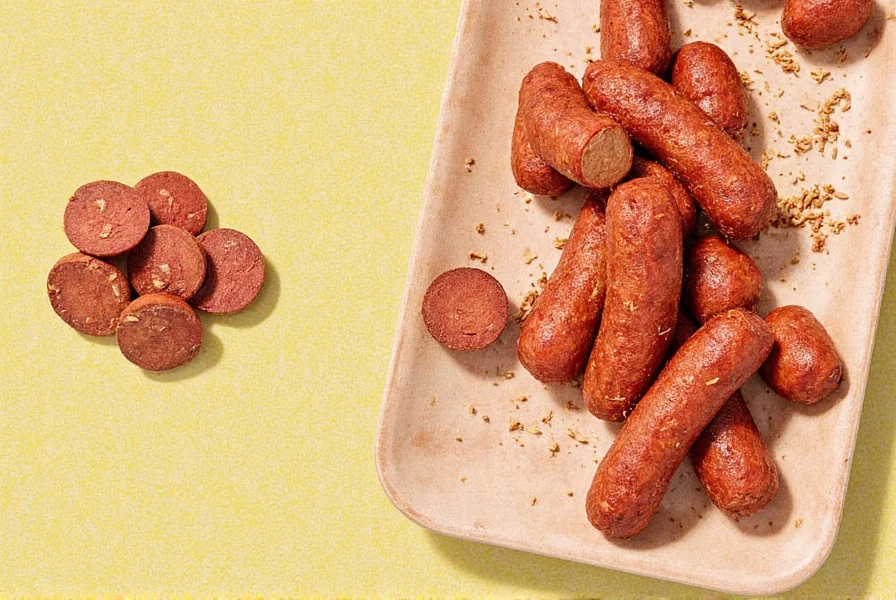
Pickling Essentials: Tools and Ingredients
| Tool/Ingredient | Description |
|---|---|
| Pickling jars | Use sterilized mason jars with airtight lids to ensure safe preservation. Glass jars prevent chemical reactions with brine. |
| Vinegar | White vinegar (5% acidity) or apple cider vinegar works best. USDA requires minimum 5% acidity for safe pickling. |
| Pickling salt | Use non-iodized salt without anti-caking agents to avoid cloudiness in brine. Regular table salt contains additives that affect clarity. |
| Spices | Cumin, mustard seeds, garlic, and dill are common additions. Store spices separately from salt to prevent clumping. |
| Calcium chloride | A food-grade additive that maintains crispness in vegetables like cucumbers. Use 1/8 tsp per quart of brine. |
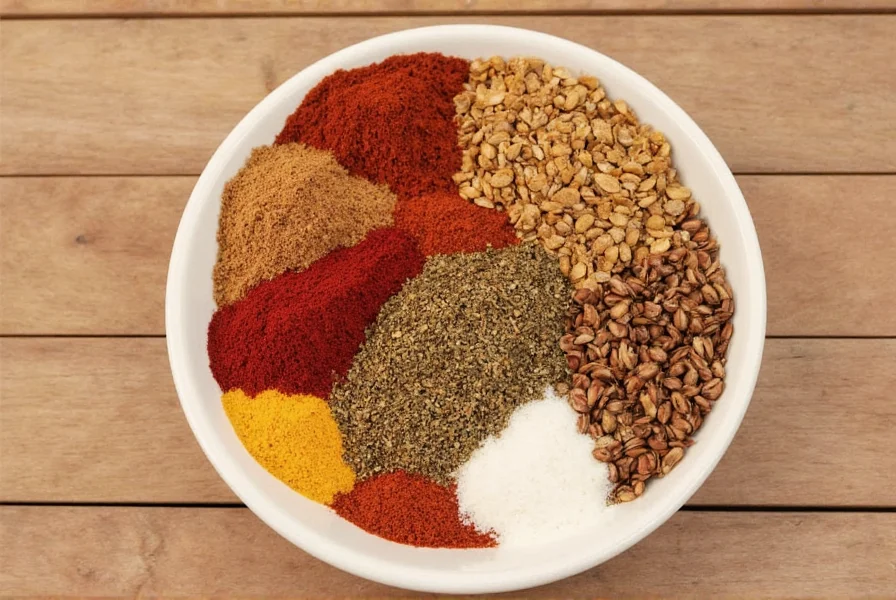
How to Pickle: Step-by-Step Guide
- Prepare vegetables: Wash and slice fresh produce. Use firm, unblemished vegetables for best results.
- Make brine: Combine 1 part vinegar, 1 part water, 1 tbsp pickling salt per cup of liquid. Bring to a boil until salt dissolves.
- Add spices: Place spices directly in jars before adding vegetables. Use 1-2 tsp of whole spices per quart for balanced flavor.
- Fill jars: Pack vegetables tightly into sterilized jars. Pour hot brine over vegetables, leaving 1/2 inch headspace.
- Seal and cool: Wipe jar rims, seal with lids, and cool to room temperature. Refrigerate for 24 hours before consumption for optimal flavor development.

Common Mistakes in Pickling (And How to Avoid Them)
- Incorrect vinegar ratio: Always use 5% acidity vinegar. Never dilute vinegar below USDA safety standards. Follow recipes precisely. Context boundary: This rule applies strictly to shelf-stable canning; refrigerator pickles tolerate slight dilution (down to 4% acidity) when consumed within 4 weeks (USDA, 2020)
- Improper sterilization: Sterilize jars in boiling water for 10 minutes before use. Contaminated jars cause spoilage and botulism risk. Limitation: Steam canners are equally effective only for high-acid foods with pH ≤4.6; low-acid vegetables require pressure canning (NCHFP, 2023)
- Overfilling spices: Excessive spices create overpowering flavors. Start with recommended amounts and adjust in future batches.
- Insufficient brine coverage: Vegetables must be fully submerged. Use weights or additional brine to prevent surface mold growth. Critical context: Submersion depth requirements double in temperatures above 85°F (30°C) due to accelerated microbial growth (FDA Food Code, 2022)
- Using old vegetables: Fresh produce yields crisp pickles. Avoid vegetables older than 48 hours for best texture.
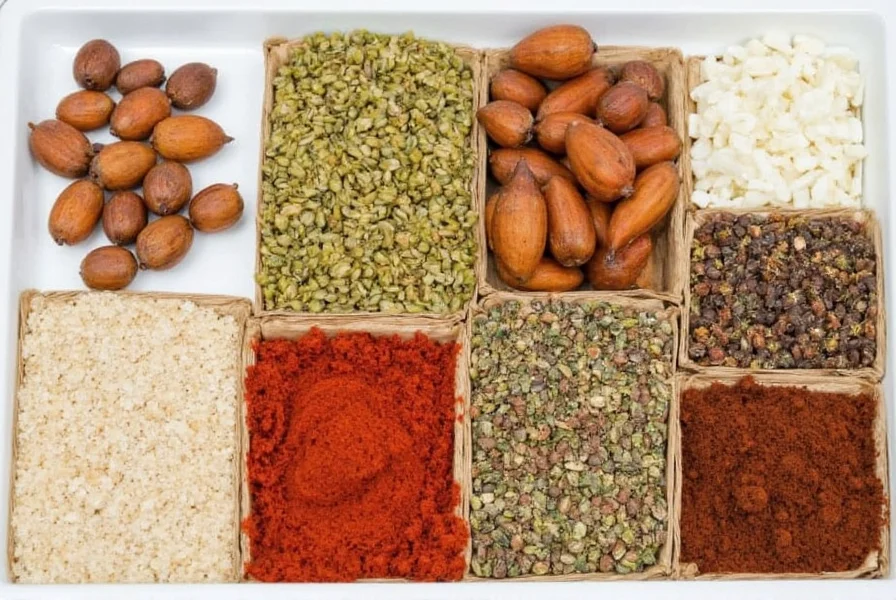
FAQ: Your Pickling Questions Answered
What is the scientific definition of pickling in food preservation?
Pickling is a preservation technique where food is submerged in an acidic solution (typically vinegar-based brine with minimum 5% acidity) to lower pH below 4.6, inhibiting bacterial growth. This acidification process extends shelf life while imparting tangy flavor through chemical changes, distinct from fermentation which relies on microbial activity.
How long do properly pickled vegetables last in the refrigerator?
Refrigerator pickles maintain peak quality for 2-3 months when stored in sealed containers at 40°F (4°C) or below. For safety, consume within 6 months. The acidity preserves them longer than fresh produce, but texture and flavor gradually degrade over time.
Can I reuse pickling brine for multiple batches?
USDA does not recommend reusing brine for shelf-stable canning due to contamination risks. For refrigerator pickles, you may reuse brine once if boiled for 5 minutes first. Discard if cloudy, discolored, or containing vegetable debris.
Why do my pickles become soft instead of staying crisp?
Soft pickles typically result from: 1) Using overripe vegetables, 2) Insufficient vinegar acidity, 3) Inadequate processing time, or 4) Lack of calcium chloride. For crispness, use fresh produce, maintain 5% vinegar concentration, and add 1/8 tsp calcium chloride per quart of brine.
What's the difference between pickling and fermentation?
While both preserve food through acidification, their mechanisms differ fundamentally. The table below highlights key distinctions validated by food safety research:
| Characteristic | Pickling | Fermentation |
|---|---|---|
| Acid Source | External (vinegar solution) | Internal (bacterial conversion of sugars) |
| Timeframe | Hours to days | Weeks to months |
| pH Reduction | Immediate (brine pH ~2.4-3.4) | Gradual (reaches safe pH in 3-7 days) |
| Microbial Activity | None required (preservation by chemistry) | Essential (Lactobacillus species) |
| Flavor Development | Consistent tanginess | Complex, evolving profiles |
| USDA Safety Verification | Requires minimum 5% acidity vinegar | Requires pH ≤4.6 confirmed by testing |
Source: USDA Complete Guide to Home Canning (2015), pp. 1-10 & 3-12. https://nchfp.uga.edu/publications/usda_gchc_full.pdf
Buying Guide: Essential Pickling Tools
Invest in these high-quality tools for reliable pickling results:
Best Pickling Jars
Ball Mason Jars: Durable, food-grade glass with airtight lids. Ideal for home picklers needing reliable preservation.
Spice Storage Solutions
Opaque Spice Jars: Light-blocking containers with airtight seals to preserve spice potency. Essential for pickling spices.
Conclusion: Master Pickling and Spice Storage
Understanding the scientific pickling definition and proper spice storage techniques transforms your kitchen capabilities. By following USDA safety guidelines and using fresh ingredients, you can create delicious, long-lasting pickles while maintaining spice freshness. Start with simple recipes and experiment with flavors to master this timeless preservation method.
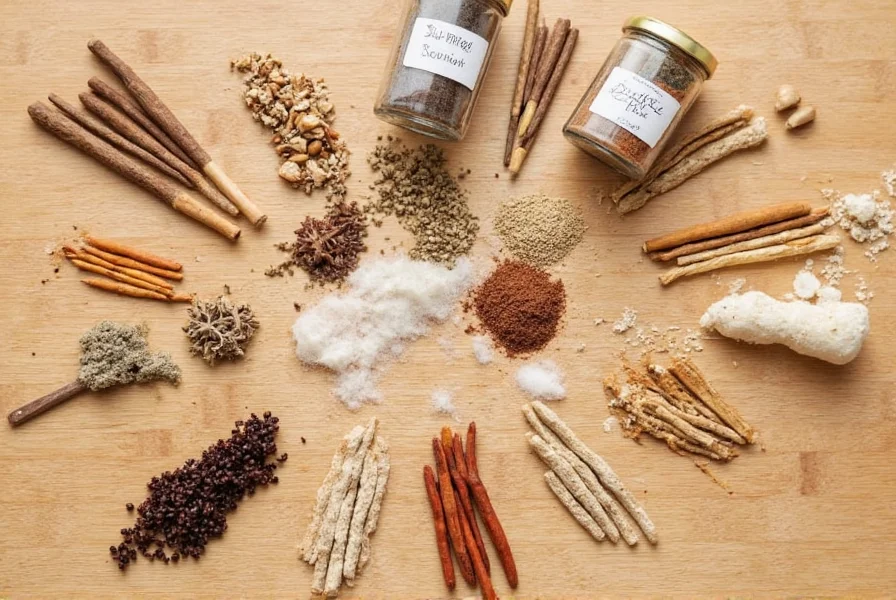

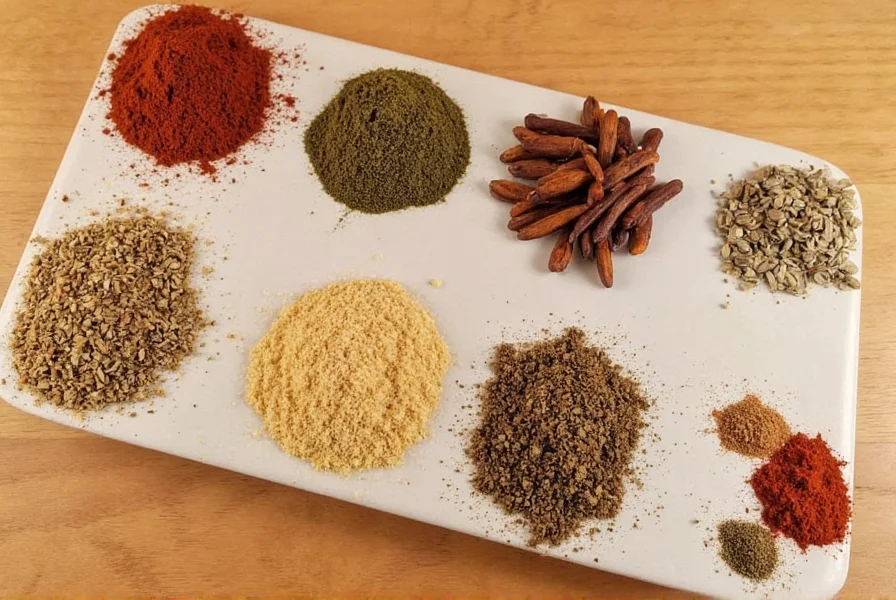









 浙公网安备
33010002000092号
浙公网安备
33010002000092号 浙B2-20120091-4
浙B2-20120091-4